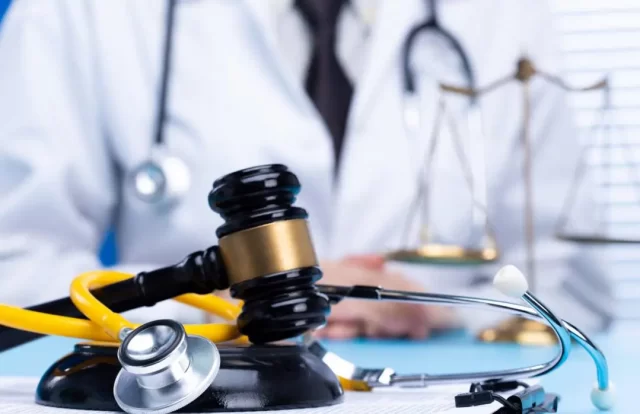Life can change in a heartbeat. An inattentive driver, a wet, slippery floor, a failed safety harness, a faulty product—any of these can flip your world on its head, spiraling you into an abyss of uncertainty and pain. But during these trying times, personal injury law ceases to be a mere jargon-laden term; it transforms into your compass, guiding you toward justice.
Today, let us embark on a journey to unravel the complexities of personal injury law as of 2023. We’ll be your companions on this journey, shedding light on this often misunderstood field, making it accessible and more empowering.
Defining Personal Injury
Personal injury law, an offshoot of tort law focuses on those moments when life takes a wrong turn. It’s the safety net that comes into play when an unexpected accident happens, from a traffic mishap to a slip on an icy sidewalk, a brush with medical negligence, or a work-related injury. It’s about making things right when things go wrong.
But here’s the catch: the rules of the game can change depending on where you are. Why? Each state has its own playbook. They’ve crafted their unique set of laws, rules, and precedents that shape how personal injury cases are handled.
So, whether you’re in sunny California or bustling New York, the guideposts for your journey to justice could be different. This makes personal injury law not just about knowing your rights but understanding how they apply to you right where you are.
Liability and Negligence in Personal Injury Law
At the heart of personal injury law lie two critical concepts: liability and negligence. Think of liability as the price tag attached to one’s actions–it’s about being held accountable when those actions have harmful consequences.
Now, imagine you’re involved in a personal injury case. Your job is to show that the other party, the ‘defendant,’ was both negligent and liable for the harm you suffered. That’s where negligence comes into play. It’s like a missed step, a moment of inattention, a failure to do what a reasonable person should have done in the same situation.
So, how do you go about proving negligence and liability? It’s all about connecting the dots across four key elements:
Duty of Care: This is a responsibility the defendant had towards you. Perhaps they were your doctor, your employer, or even just the driver in the next lane – the specific ‘duty of care’ depends on your relationship with them.
Breach of Duty: You’ve established that a duty existed. Next is showing the defendant broke this duty. Their actions (or lack thereof) fell short of what was expected of them.
Causation: This is where you draw a straight line from the defendant’s breach of duty to your injuries. You must prove that ‘if not for their actions, you wouldn’t be in this situation.’
Damages: You’ve been hurt, and now it’s time to outline exactly what that harm entails. It could be physical injuries, emotional trauma, medical bills, or financial loss. The key is showing these are direct results of the incident.
By successfully connecting these dots, you can establish that the defendant should be held accountable. Remember, it’s up to you to paint this picture clearly. The burden of proof lies with you, and you must provide sufficient evidence to show that the defendant was indeed liable.
The Role of a Personal Injury Lawyer
Sailing through the stormy seas of personal injury law is no walk in the park, especially when you’re also battling to regain your health. It’s like trying to balance on a tightrope while nursing a broken leg. It’s in these challenging times that a personal injury lawyer can be your lifesaver.
“With a personal injury lawyer in your corner, you can put your energy where it’s needed most–your recovery,” says attorney Charles Boyk. They shoulder the legal burdens, so you don’t have to. But remember, not all personal injury lawyers are the same. Some are more familiar with car accidents, while others excel at medical negligence cases. It’s essential to find the one who knows the ropes of your specific situation.
So, while we can’t undo the past, we can certainly ensure your future isn’t spent wrestling with legal complexities. A personal injury lawyer can be your beacon of hope, guiding you toward justice while you focus on healing.

Speaks from heart, always too passionate and driven by emotions. Spins the words with kindness & sharpness, intriguing your ever-inscrutable minds.


